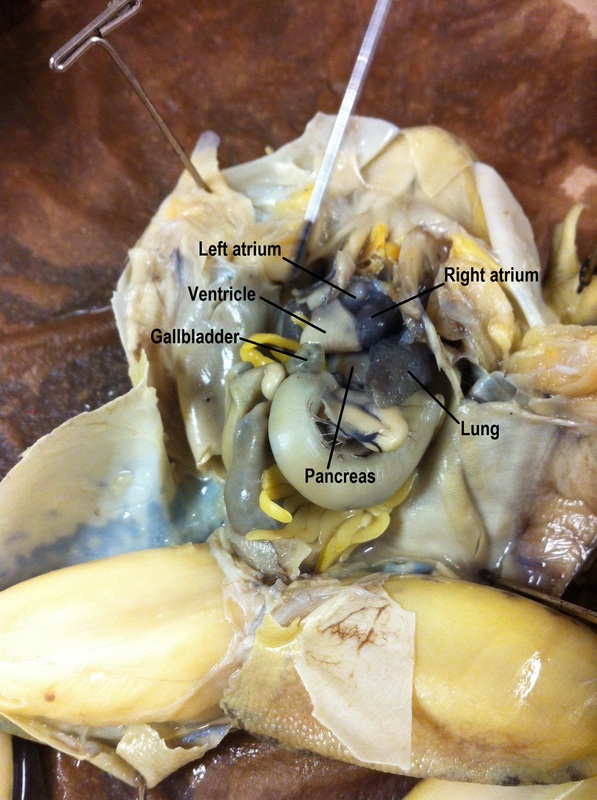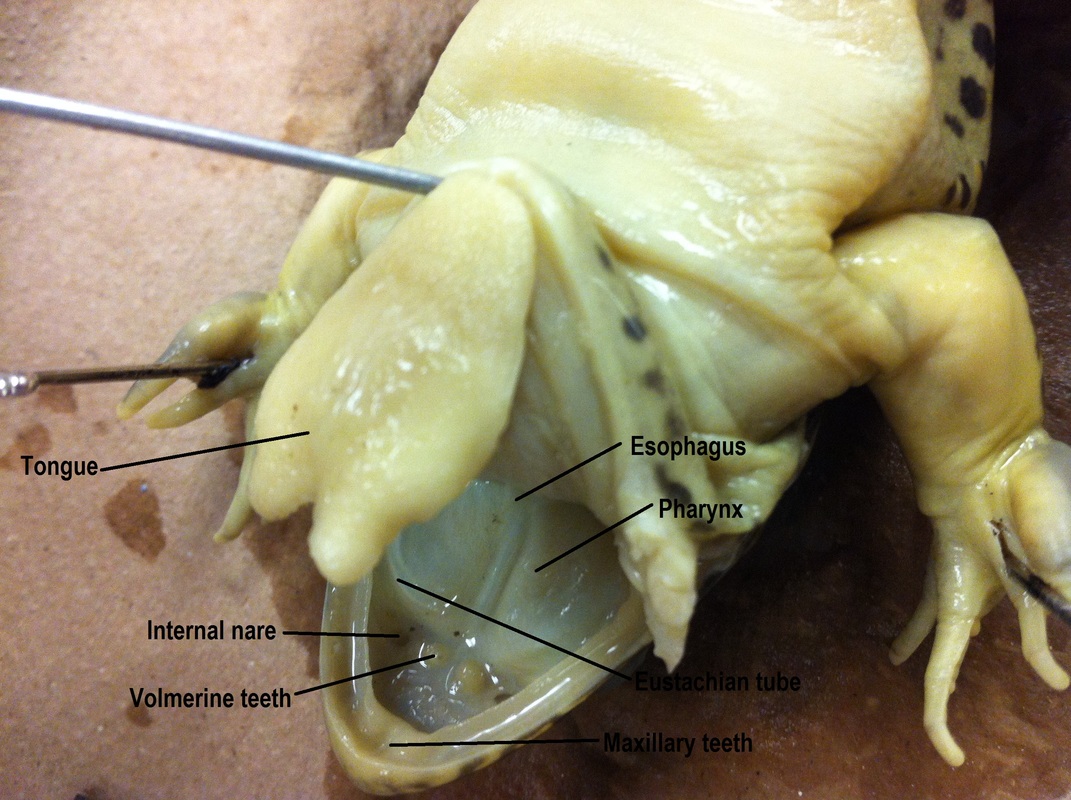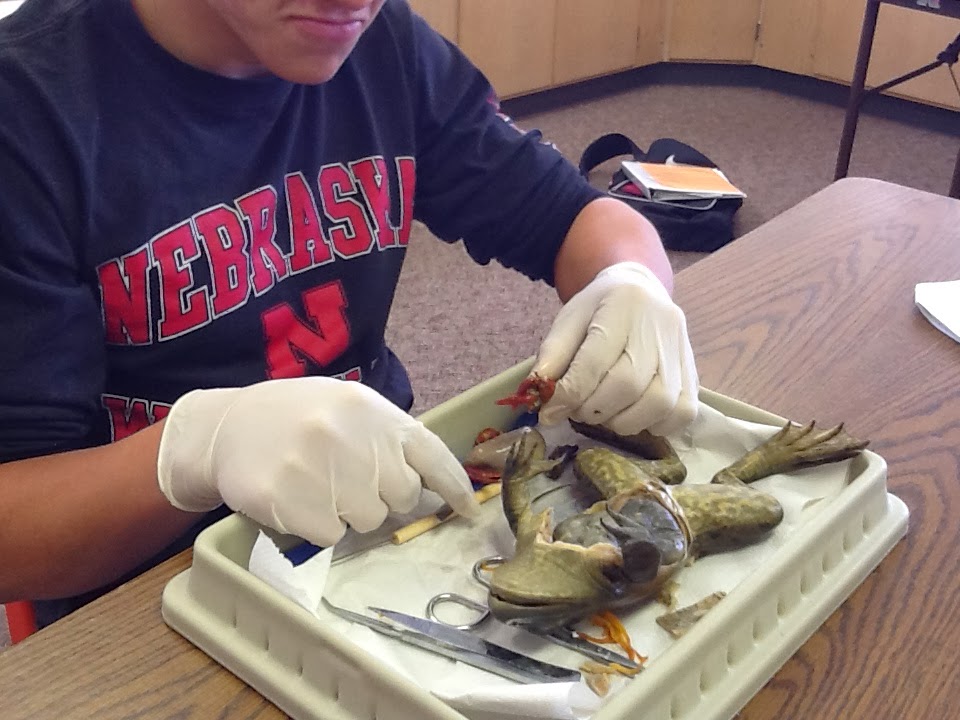
She has previously written about her students’ investigation of the natural world outside their school for our Leading by Example: Wild City Project showcase. Lindsey Halman is a facilitator on The Edge team at Essex Middle School. Discover the Goliath frog, biggest in the world, and the Darwin s frog, which has a. Fabulous Frogs Martin Jenkins Huge frogs, tiny frogs, hairy frogs, and flying frogs hop through the pages of this colorful nonfiction book. Slice through the skin, keeping your cuts as. accompanied by them is this Frog Dissection Pre Lab Answers that can be your partner. Using scissors, cut into the frogs abdomen. Therefore, using the app became an inclusive and strong learning experience for our community. Place the frog on the dissecting tray, ventral surface facing up. The level of engagement was incredibly high during this activity and no one was excluded because of their moral or ethical beliefs. The procedure familiarizes a student with basic. Affordable and popular specimens that are well-suited for the study of basic vertebrate anatomy. This is something that can only be experienced virtually and it provided learners with a clearer and deeper understanding of the frog’s anatomy. Frog dissection is a procedure used in undergraduate courses in zoology and high school biology classes. Preserved grass frogs for dissection and biology studies. What was unique about this experience was the ability to “undo” and “redo” any aspect of the dissection. In the app, a virtual scalpel allows students to practice the same cuts they would in a live dissection with tools like pins, markers, scissors and forceps to guide their work. Using the app felt like a strong fit for our team’s philosophy on learning. There are a growing number of interactive apps and programs that allow learners to better understand anatomy in a manner that is ethically and environmentally responsible. One such activity was using the team’s iPad Minis to participate in a virtual frog dissection using the app Frog Dissection. To gain a clear understanding of the body systems and how these interacting subsystems work together, learners were engaged in a variety of activities.

What is a system? How are living things organized? How do the structures of organisms contribute to life’s functions? Learners on the Edge team addressed these questions through a unit on Structure, Function and Information Processing in Living Organisms using the Next Generation Science Standards to guide their work. These tubes help equalize pressure.Guest post by Lindsey Halman, facilitator at The Edge at Essex Middle School: These are openings to the Eustachian tubes, leading to the tympanic membranes.


Two openings can be seen on the lateral sides of the mouth’s roof.The fine maxillary teeth line the upper jaw and the two prominent vomerine teeth are found behind the mid-region of the upper jaw. A male frog usually has thick pads on its thumbs, which is one external differ-ence between the sexes, as shown in Figure 1.Male frogs are also usually smaller than female frogs. To determine the frog’s sex, look at the hand digits, or fingers, on its forelegs. The esophagus leads to the stomach, and the glottis to the lungs. To see the structures more clearly, be sure to select HD quality on the video settingsStudy frog anatomy and function through frog dissection at home with t. Rinse and place a frog on a dissection tray with its dorsal side down. Identify the glottis and the opening to the esophagus.Although many differences exist between humans and frogs, the basic body plans are similar. Frogs are among the most commonly studied organism in Biology. Amphibians have adaptations for living in terrestrial as well as aquatic environments. Cut through the jaw joints on each side of the mouth and open the mouth wide. The Frog Dissection Lab Prelab Discussion Frogs belong to the class Amphibia.The cloacal opening, or anus, is the single exit from the urinary, reproductive, and digestive systems. Locate the cloaca at the specimen’s posterior end.In a living frog, this membrane is clear. This is the frog’s third eyelid, the nictitating membrane. Notice the cloudy eyelid attached at the bottom of each eye. Posterior to the eyes are round tympanic membranes, the frog’s external sound receptors.Find the 2 external nares at the head’s tip.Each hind limb is divided into a thigh, lower leg, and foot. Observe that each forelimb is divided into an upper arm, forearm, and hand. The frog is a tetrapod, meaning that it possesses 4 limbs for locomotion. Notice the appendages developed for a terrestrial life.

Obtain a preserved frog and place it on your dissecting tray, dorsal surface up.


 0 kommentar(er)
0 kommentar(er)
